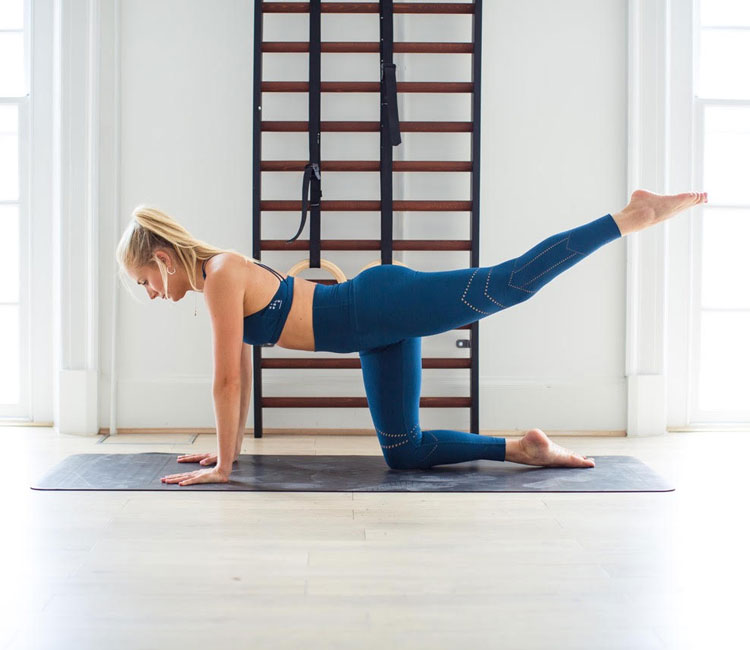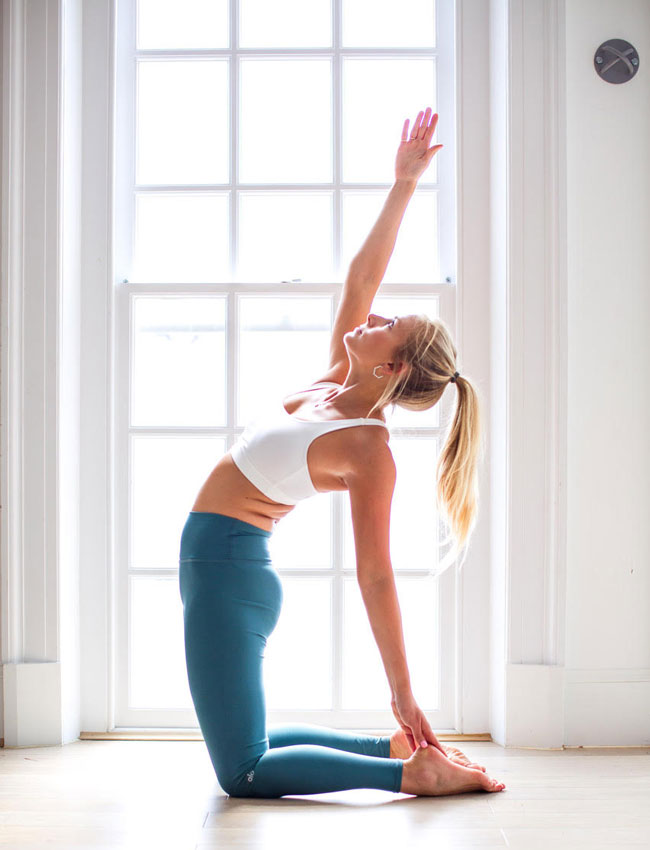The Benefits of Low-Impact Exercise During Pregnancy
We all know that exercise has numerous benefits, both for our physical fitness, as well as in other areas such as our sleep pattern and mental health. But what about during pregnancy? Katie Gray gives us the low-down on the benefits and importance of low-impact exercise throughout pregnancy.

Pregnancy & Exercise
Exercising during pregnancy has numerous physical benefits, such as:
- Decreasing backaches
- Creating strength for labour and carrying the baby
- Easing digestive issues such a constipation
- The possibility of a decrease in the risk of gestational diabetes
- Promoting a healthy weight
- Improving sleep quality
- Improving overall fitness
- Increasing endurance, and muscle tone
The benefits don’t end there. There are a number of mental health benefits too! Exercise can help reduce stress and anxiety, boost confidence, increase your ability to relax, improve your sleep, and make you feel happier by releasing endorphins.
There are many ways to exercise and the general rule of thumb is, if you exercised that way pre-pregnancy then it’s safe to continue (as long as it’s not a contact sport). My favourite ways to exercise whilst pregnant are low-impact cardio and pilates, and these are the classes I teach over on my online workout platform Kind by KG.
What is low-impact exercise
Low-impact cardio is focused on keeping at least one foot on the ground at all times, as this is much kinder on your joints and reduces the risk of injury as you move at a slower, albeit still effective, pace. Through this style of exercise, we are working on building a strong cardiovascular system so you won't tire as easily and will have more energy. Low-impact exercise is also great for working on muscle tone, which supports the physical changes your body is going through and reduces your risk of balance problems and falls. I’m pregnant myself, and really enjoy these types of classes. 30 minutes is all I need to get my heart rate up, work up a little sweat, and I feel great afterwards!

There are a number of reasons why pilates is a great method of training whilst pregnant. By strengthening your deep abdominal muscles and glutes, you’re less likely to develop pain in your pelvis or lower back. Pilates also gives you a better awareness of your posture, which tends to change as the baby grows, and this will therefore help to decrease your chance of lower back pain.
The pelvic floor tends to weaken during pregnancy through the increasing weight of your baby, and the hormonal changes going on in the body. Pilates helps to strengthen the pelvic floor and reduce the risk of incontinence before or after your pregnancy.
We also recognise the power of good breathing in pilates, which can help keep you relaxed and calm through pregnancy, and be a huge help through labour. I teach a class called The Signature Workout, which is a good mix of pilates and barre, designed to lengthen, strengthen and tone the body from head to toe. I have many pre-natal clients in class (including myself) who are really reaping the rewards from this style of training.
Remember to check in
If you are attending classes, whether online or in-person, it is important to choose a trainer who is pre/postnatal qualified, and to let them know you’re pregnant, as well as how far along you are. This way, they can offer modifications as necessary and keep you and your baby safe. It’s also important to recognise when you need to rest, and to stay hydrated! Also, remember that should you have any questions or major concerns regarding exercise during pregnancy, not hesitate to reach out to your midwife or health visitor for assistance and advice.



























